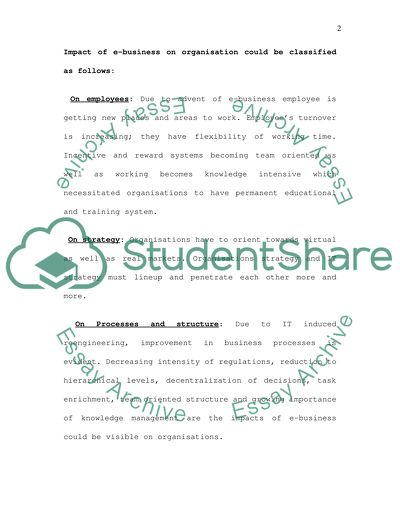Cite this document
(“WTS Migration Plan To Develop E-Business Capability Essay”, n.d.)
WTS Migration Plan To Develop E-Business Capability Essay. Retrieved from https://studentshare.org/miscellaneous/1500832-wts-migration-plan-to-develop-e-business-capability
WTS Migration Plan To Develop E-Business Capability Essay. Retrieved from https://studentshare.org/miscellaneous/1500832-wts-migration-plan-to-develop-e-business-capability
(WTS Migration Plan To Develop E-Business Capability Essay)
WTS Migration Plan To Develop E-Business Capability Essay. https://studentshare.org/miscellaneous/1500832-wts-migration-plan-to-develop-e-business-capability.
WTS Migration Plan To Develop E-Business Capability Essay. https://studentshare.org/miscellaneous/1500832-wts-migration-plan-to-develop-e-business-capability.
“WTS Migration Plan To Develop E-Business Capability Essay”, n.d. https://studentshare.org/miscellaneous/1500832-wts-migration-plan-to-develop-e-business-capability.


